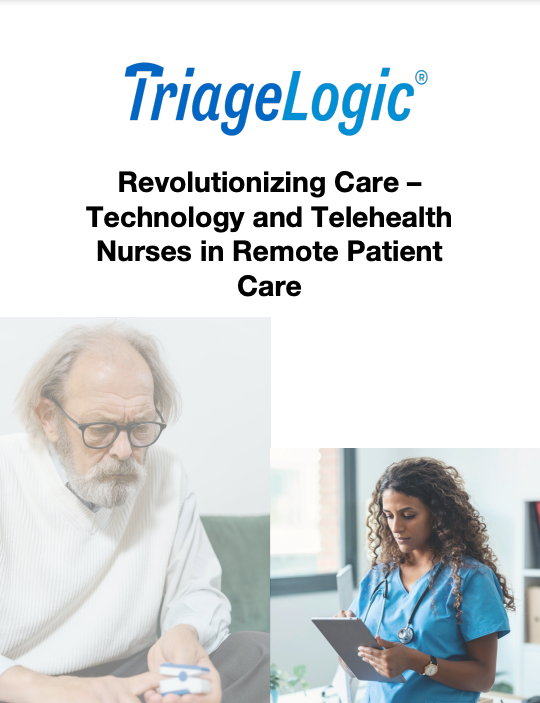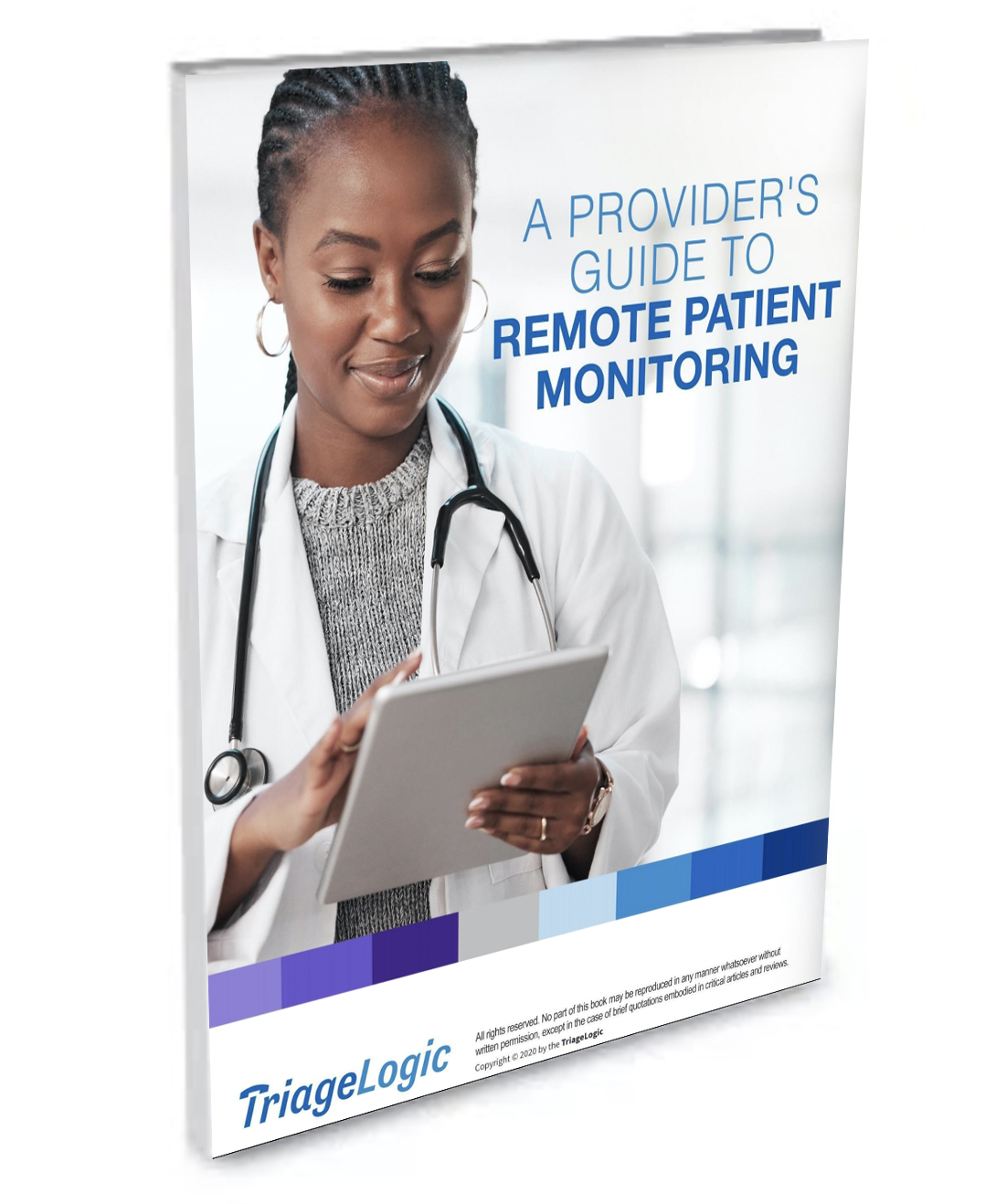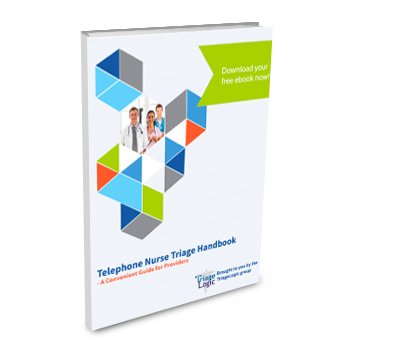Remote patient monitoring (RPM) has become a critical tool for managing chronic care, reducing hospital readmissions, and improving overall patient wellness. Plus, due to the substantial amount of vitals that it can record, many healthcare organizations are keen to learn how that data can be further refined using artificial intelligence. Understanding how AI could enhance remote patient monitoring can allow your practice to prepare for scaling a program more effectively and improving patient care.
1. Predictive Analytics for Early Intervention
AI algorithms could evaluate both real-time and historical patient data to predict health events before they occur. For instance, those who are suffering from congestive heart failure or COPD could be monitored for subtle changes that indicate early decompensation.
This “early warning system” would be able to identify trends that human reviewers may miss, allowing clinicians to be more proactive and timely in their interventions.
2. Intelligent Alerting Systems
Some traditional RPM systems may generate excessive, noncritical alerts that end up creating unnecessary work for care teams. AI could mitigate this by learning patient-specific baselines and “filtering out the noise.”
Instead of flagging every vital sign that may be out of the normal range, AI would identify meaningful deviations that are truly concerning based on the patient’s overall health. This would subsequently reduce alert fatigue so that your team could respond to the indicators that matter most.
3. Natural Language Processing for Documentation
AI-powered natural language processing (NLP) could analyze and interpret symptom descriptions shared by patients via chat or voice before converting this data into structured, actionable information for clinicians.
NLP could also support automated documentation, which would improve the consistency and quality of patient records by removing the need for manual data entry.
4. Automated Patient Engagement
Keeping patients engaged between visits is vital for chronic disease management. AI could be used to support this through personalized reminders, educational content, and interactive check-ins.
Ideally, such a system would reinforce medication adherence, encourage healthy behaviors, and keep patients involved in their own care.
5. Data Integration and Trend Analysis
RPM data often comes from multiple sources, such as blood pressure cuffs, glucose meters, and wearable devices. AI could integrate this data and apply algorithms to detect patterns across time and devices. Trend analysis would support early detection of complications and provide care teams with a holistic view of each patient’s health.
6. Risk Stratification and Triage
AI could continue to play an essential role in determining which patients need the most urgent follow-up. By combining symptoms, biometrics, and behavioral data, it can score patients by risk level and guide triage teams accordingly. This would ensure that high-risk individuals receive timely care and low-risk patients remain safely monitored.
7. Remote Diagnostic Assistance
Some AI tools are now capable of analyzing data like ECGs or spirometry readings remotely. While these tools are still evolving, they show promise for expanding the scope of RPM — not just tracking vital signs, but engaging in diagnostics and providing specialty-level insight.
8. Population Health Insights
At the macro level, AI has the potential to generate valuable analytics for doctors’ offices, healthcare systems, and accountable care organizations. It could evaluate the effectiveness of RPM programs, identify trends in patient populations, and help forecast what resources providers will need to support their operations and value-based care.
TriageLogic’s Turnkey RPM Solution
At TriageLogic, we understand the promise of AI in healthcare, and our goal is to leverage it in the medical technology and software that we develop. While we don’t currently utilize it in our turnkey remote patient monitoring solution, we hope to in the near future.
That said, our program currently offers:
- Devices sent directly to patients.
- Monitoring by experienced U.S.-based clinical teams.
- AI-enhanced dashboards that prioritize alerts and simplify follow-up.
- Full documentation that integrates with EHRs.
- Support for chronic disease management, post-discharge care, and transitional programs.
Our complete, scalable RPM program can integrate with your in-house systems and EHR, without any need for additional support staff to manage it.
Let’s Talk About Your RPM Program
Smarter tools will be required to meet the demands of a growing population. With AI poised to power everything from predictive analytics to patient engagement, remote patient monitoring can become more effective and easier to manage than ever before.
Would you like to start an RPM program? Contact us today to see how ours can benefit your practice!
About TriageLogic
TriageLogic is a URAC-accredited, physician-led provider of top-quality nurse telehealth technology, remote patient monitoring, and medical call center solutions. Founded in 2006, the TriageLogic Group now serves more than 22,000 physicians and covers over 42 million lives nationwide.





